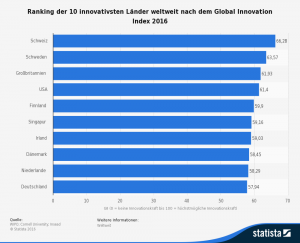To read the full article, please login. The full content of this article and all premium articles is available exclusively for site members.
Site membership is free. If you are an existing user, please login. New users may register below.
Nanocrystals and Smart Building Materials of the Future
Nanocrystals and Smart Building Materials of the Future Nanocrystals represent a key to the next generation of building materials. Nanocrystals “are aggregates of anywhere from a few hundred to tens of thousands of atoms that combine into a crystalline form of matter known as a cluster”. Currently used in certain types of flat-panel TVs, for medical imaging, and in optical and infrared lasers, nanocrystals have caught the attention of the construction industry due to their unique qualities. The applications of nanocrystals for the construction of residential and commercial buildings are many. These applications include everything from the development of so-called ‘smart’ windows, to the creation of more efficient solar panels, to the manufacturing of stronger concrete exteriors. Nanocrystals in ‘Smart’ Windows The use of microlevel materials such as nanocrystals allows architects, designers and builders to create innovative forms with enhanced functionality. For example, by applying voltage to an exterior nanocrystalline film, ‘smart’ windows can control the amount of light and heat passing through window panes. This functionality enables passive solar heating during the winter months while deflecting heat and intense light in the summer. In an interview with Line//Shape//Space, Jason Holt, a former staff scientist at the Lawrence Livermore National Laboratory explained the nanocrystal technology behind smart windows further. “Much like charging a lithium ion battery, you in essence charge up your devices to control the state of visible or infrared transmission through the window” The Use of Nanocrystals in Concrete Nanocrystals have also been shown to strengthen concrete. Research at Purdue University has shown that the use of cellulose nanocrystals, derived as a by-product of the paper, bioenergy, agriculture and pulp industries, helps to strengthen concrete by as much as 30 percent. This information, as published in the February 2015 Cement and Concrete Composites journal, offers demonstrates the potential of new construction materials with durability qualities that exceed those of basic concrete. One of the more exciting properties researchers discovered through the use of nanocrystals was an increase in the hydration of concrete mixtures. This increase in hydration means a greater cure rate for mixtures that use nanocrystals, which can alter and strengthen a structure. This enhance hydration also requires the use of less concrete, resulting in potential costs savings for builders. Projects requiring large volumes of concrete in foundations, walls, and other structures could enjoy significant cost reductions through this technology. The Incorporation of Nanocrystals in Solar Panels Solar panels are yet another frontier being explored through the use of nanocrystals. The optical properties found in nanocrystals allow for a greater absorption of solar light than silicon being currently used. This increased absorption, along with research performed at ETH Zurich on the size, material and binder molecules will eventually allow manufacturers to create solar panels with increased cell efficiency. It is said that strong buildings must always be built upon a strong foundation. Ironically, it may be tiny nanocrystals, featuring a thickness comparable with that of a single strand of human DNA, that are the key to creating


